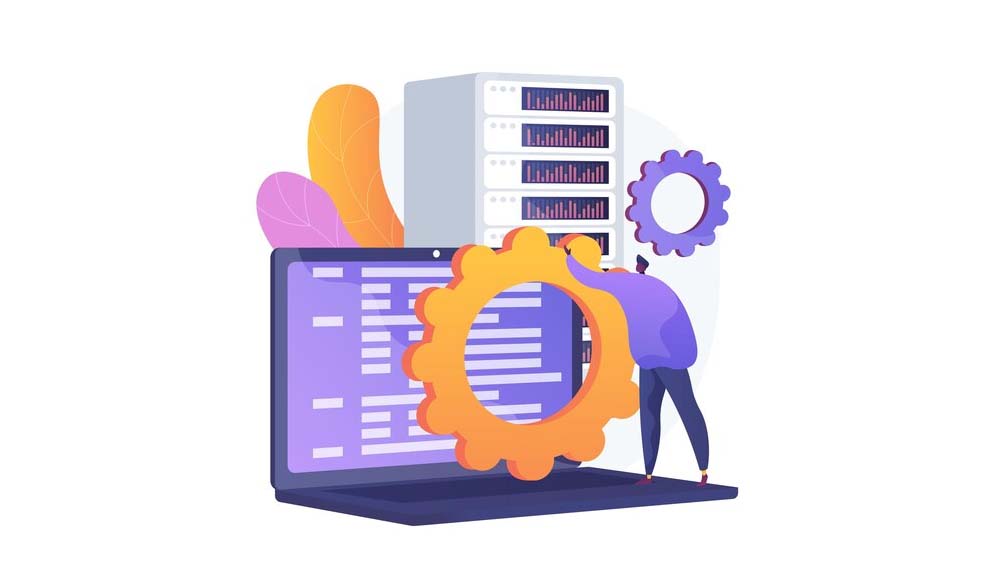
I hope you enjoy reading our blog posts. If you want DCP to build you an awesome website, click here.
Web Resilience: 3 Strategies Every Developer Should Know
19-12-2023
BackEnsuring that your website is resilient to cyber threats is essential for business operations. Imagine you’ve worked tirelessly on creating an amazing user experience and implementing advanced features just for someone to exploit a security flaw that leads to the company’s demise.
I’m exaggerating for the sake of the point, but malicious attacks are very much real. On average, around 30,000 websites get hacked every day–a number that shouldn’t be ignored.
On the upside, there are many strategies you can use to ensure your website will be resilient in the face of a cyber threat. There are strategies that can help you make your website more resilient during and after development, and it’s up to you to find the one that suits you.

3 Strategies to Improve Web Resilience
The idea of web resilience consists of various aspects. There isn’t a single software that magically ensures all parts of your website are secure and impenetrable. Instead, the overall security of one website consists of many “moving” parts, each requiring unique attention.
Approaching your website with the idea of improving its resilience should happen only after you’ve determined what are the weak points you should take care of. Each of these strategies varies in costs and time required for their implementation.
Web resilience needs to ensure that a website is scalable and reliable while its performance is still optimized. Furthermore, regardless of your programming practices, your website also needs to have adequate capabilities of ranking on search engines.
1. Regular backups

From family photos to databases of a million-dollar company, backups are what’s supposed to protect individuals and businesses. They often function as a safety net that prevents a security breach or a deletion of data from derailing you from your path.
Regular backups will ensure your website and data can be returned to a previous state in case of a problematic situation. Backups don’t need to be done all the time, but the more often they happen, the more secure you are.
Furthermore, if you lose user data for any reason, you’re likely to breach international regulations such as GDPR or CCPA. Besides potentially losing efficiency in your operations, you can also be sued, with your reputation and financial situation downgraded.
Backups are also used for testing and development. It’s terrifying how often developers neglect the importance of backing up their websites and making changes that break the platform.
Overall, this strategy alleviates stress and helps you get back on track in case of an unfortunate situation.
2. Better API practices
There are always new cybersecurity trends, but also new ways in which hackers can bypass any measures you have in place. Improved API practices ensure you stay ahead of problematic situations and attacks. Although there isn’t a perfect method, there’s a compilation of ways that can help you ensure high levels of protection.
We will later explain the different types of API cyberattacks, but let’s start with API security best practices. The most obvious way in which hackers can compromise someone is through finding out their credentials.
If your users experience this too often, you need to think about the protocols you’ve put in place. Strong authentication protocols such as OAuth 2.0, OpenID Connect, or SAML are there to help you ensure a better environment for your users. Each of those protocols has its pros and cons, so choose the one that’s applicable to your situation.
Your APIs need to be up-to-date with the latest, or at least the safest, versions. Outdated software is always susceptible to malicious attacks. Regular audits or allowing update notifications will help you stay on top of this problem.
Regular security audits help you ensure your system is functioning properly without any security flaws. However, encryption is the best way to remove readability from unwanted people or bots.
3. Risk management systems
Just like regular backups, risk management systems are there to ensure your website is able to handle unforeseen situations and recover from them with ease. These systems are more comprehensive and grasp other aspects of your business as well.
You can use software such as ITIL incident management systems to ensure you’re able to restore your service operations with ease in case of an emergency. These systems give both employees and users a better experience.
It helps employees with their jobs, while also minimizing the problems that users might experience in case of a lack of service.
Incident management systems help with identifying issues, often one of the most important parts of fixing problems. Once the problems are identified and ranked adequately, you can proceed to implement processes, lowering the chances of a setback.
This software significantly improves the resilience of your website, but also the overall business as it helps you avoid costly downtimes, increase your agility, and minimize the situations in which your services are unavailable.
Types of API cyberattacks

There are a couple of dangerous cyberattacks that target API, and they can seriously harm your website. To adequately prevent them using some of the mentioned strategies, you need to understand them first.
Some of them aren’t common and are quite expensive to conduct, while others are a daily occurrence for many websites. Regardless, you need to identify and rank these threats and devise a proper strategy against them.
Injection attacks
This type of attack relies on using malicious data to “inject” your API. If this attack succeeds, the attacker can then execute commands or access data. You can categorize injection attacks in multiple categories, such as:
- SQL
- OS
- LDAP
- XSS
The most common injection attacks are SQL and XSS. An SQL attack functions by inserting a piece of SQL code into input fields or parameters, exploiting vulnerabilities in the application's database layer. This attack allows the hacker to manipulate databases and extract sensitive information from them.
XSS or Cross-Site Scripting, uses JavaScript in a similar manner in which SQL is used in the previous attack. This attack occurs once users visit a webpage set by a hacker. This way, hackers steal cookies or session tokens and use them to access another website, thus the name cross-site.
Broken authentication
As the name suggests, broken authentication is an API cyberattack in which a hacker exploits an authentication system of a website. Advanced authentication protocols like the ones mentioned above can do a lot to prevent hackers from exploiting this problem.
The website of my college had a dangerous authentication problem. When visiting a certain page you could see the username as a part of the URL. So, if you typed in a legitimate username of someone else, you could potentially access their account.
Although this was fixed before anyone had the chance to exploit it, it was an incredibly problematic situation that could have led to serious problems. It’s easily preventable by putting advanced authentication and authorization protocols in place.
DoS and DDoS attacks
One of the oldest forms of cyber attacks is certainly Denial of Service. DoS is an attack on the accessibility of a website. By overwhelming a website with traffic, it makes the website slow, unresponsive, or entirely inaccessible.
APIs can be helpful with both conducting these attacks and preventing them. Attackers can overload an API with requests, but the DoS attacks can be prevented by API limiting which restricts the number of API requests a user can make.
An upgraded version of DoS attack is a Distributed DoS attack (DDoS). These attacks are conducted by utilizing multiple devices for the attack. These devices are usually infected by a virus that gives the hacker the ability to control them, or at least to make them send requests.
Ensuring web resilience is the key to secure websites
Developing websites is a fulfilling profession, but it carries a certain amount of responsibility. As a web developer, you need to make sure that you’re using the best API practices, as well as making sure there are safety nets in case of an emergency.
There isn’t a single solution that will prevent all types of cyberattacks nor that will make the website resilient, but it’s up to you to make the most out of your budget. If a business is operating perfectly, a poor website shouldn’t be the reason for a sudden change of destiny.
Tell Us Your Thoughts
Thank you for contacting us.
We will reply to you in next 2 working days.
Releated Posts
07-06-2023
Steps, Benefits, and Limitations of Quality Assurance Outsourcing
Quality assurance (QA) plays an irreplaceable role in ensuring the reliability, functionality, and overall quality of software products. As businesses strive to optimise their processes and focus on core competencies, quality assurance outsourcing has emerged as a viable solution.
01-10-2021
7 Advanced LinkedIn Strategies for B2B Marketing in 2021
All B2B marketers are aware of the power a right LinkedIn strategy holds and why it is still the Number 1 networking site for all professionals. The secret to cracking the right LinkedIn strategy will be revealed further in this blog so keep on reading to get maximum leads via your LinkedIn profile. There’s so much more than just creating a business profile on LinkedIn, the content that you post, how you engage and network with the right people matters the most. Your LinkedIn can turn into a lead generating tool if you apply the right strategies at the right time.







